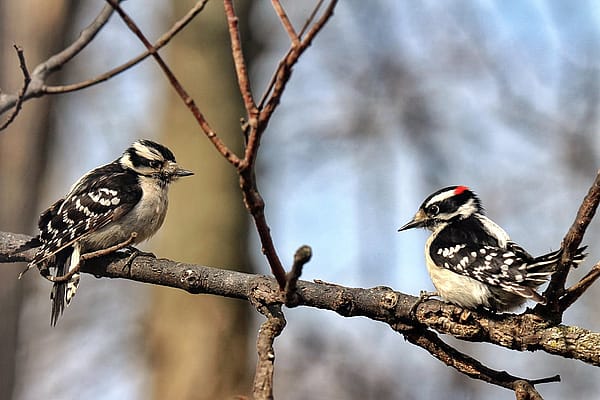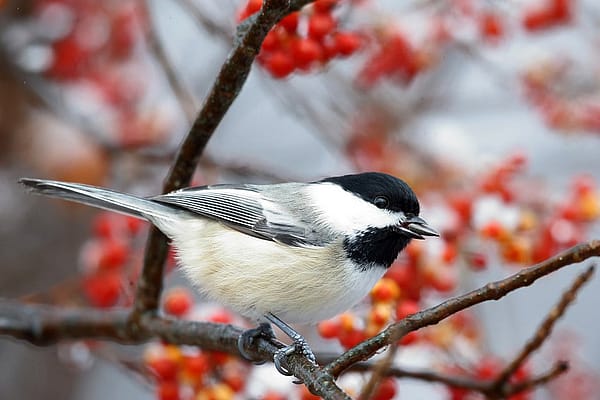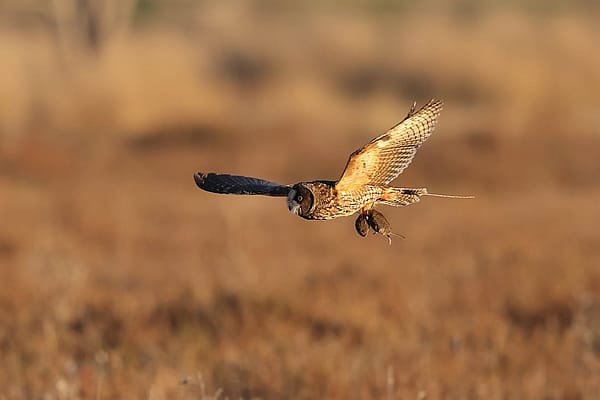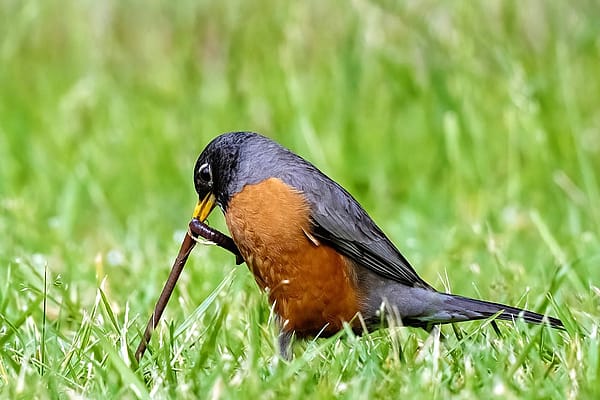
The True Calls of Eagles
In this blog post I discuss eagle calls, attaching sound examples from five large eagle species to illustrate what their true calls are like. Please click the bold blue underlined words to open each link.
What Eagle Calls Don’t Sound Like
Listen to this sound
Looking at the label did you think, “I knew that was a Red-tailed Hawk,” or did you think, “Wait a minute. I thought that was an eagle” instead?
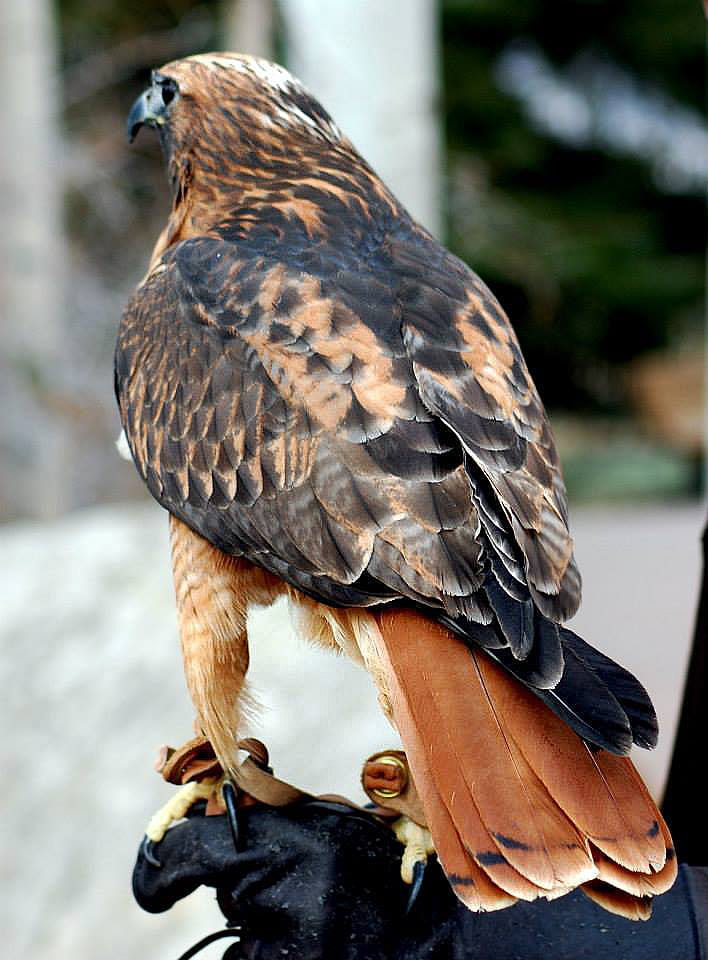
The scream as labeled, is that of a Red-tailed Hawk. Sometime in the past, film makers determined the call of an eagle wasn’t majestic enough to represent an eagle. As a result, they made Red-tailed Hawk calls famous by using their call as voiceovers in place of the actual calls of eagles. In fact, film makers are so fond of the Red-tailed Hawk call that at times it may also be attached to many other large raptors, including Turkey Vultures. The latter is pretty funny, considering Turkey Vultures have no voice box and only grunt and hiss.
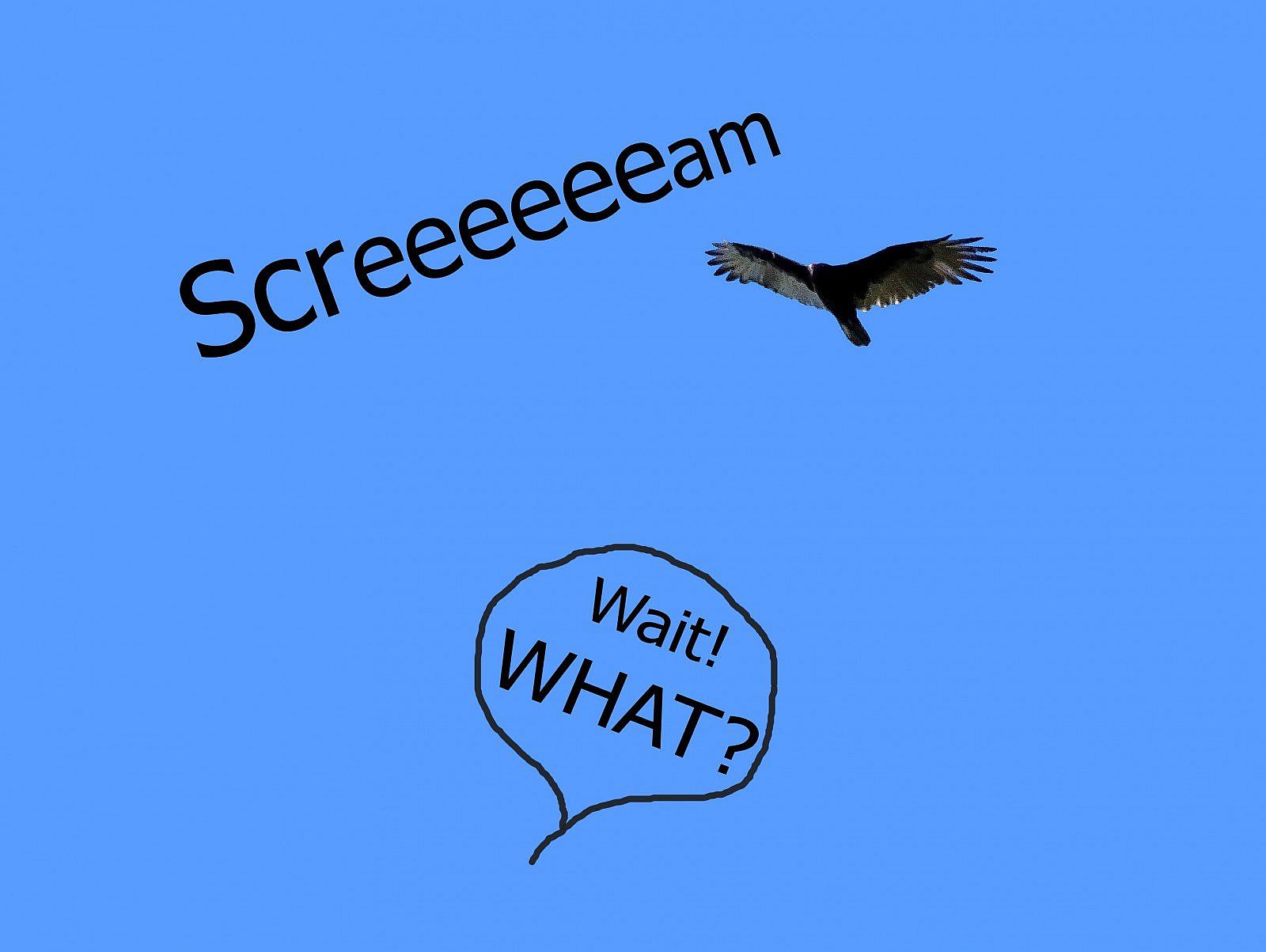
Like other birds, Red-tailed Hawks also make other sounds besides their famous scream. For additional Red-tailed Hawk calls listen here. When you open the link click the green “Listen” button to the right and below the photo.
The Calls of Our Majestic National Symbol, the Bald Eagle

The Bald Eagle may represent our country, but as I stated in my introduction, their call isn’t particularly majestic. An Audubon article described Bald Eagle vocalizations in the following manner:
1) Peal Call: high-pitched, prolonged, gull-like cries. Juvenile Eagles have their own peal as well as a chirping sound they use as nestlings to beg for food.
2) Chatter Call: 3 – 4 introductory notes separated by short silences and then followed by a rapid sequence of descending notes.
3) Kuk-kuk-kuk Call: Females tend to have lower pitched calls than males.
Listen to a few of these vocalizations here.
More research will be needed to determine what all the varied calls mean. Even so, according to Kussman (1977) the cheeping call of the nestlings serves as a way to beg for food, as an alarm call, as well as for communicating with their parents.
Moreover, according to Dr. David A. Buehler (2000) at about four weeks of age young Bald Eagles develop wail and peal calls. The peal is the high-pitched kwit-kwit-kwit-kwit-kee-kee-kee-kee-ker cry which the Audubon describes as sounding like a gull. This is usually followed by six or seven rapid notes.
Furthermore, according to Dr. Buehler, female Bald Eagles have a distinctive call they make when they are ready to mate. This sound is soft, high-pitched, and repeated several times. In addition, the male has its own distinctive call used for defense. It is a high-pitched peal that signals when other birds or humans are approaching. They will also use this call to ward off attacks at communal feeding sites.
If you are interested in listening to additional Bald Eagle calls, visit this link and click “recordings” to the right side below the photo.
Calls of Our Beautiful Golden Eagles
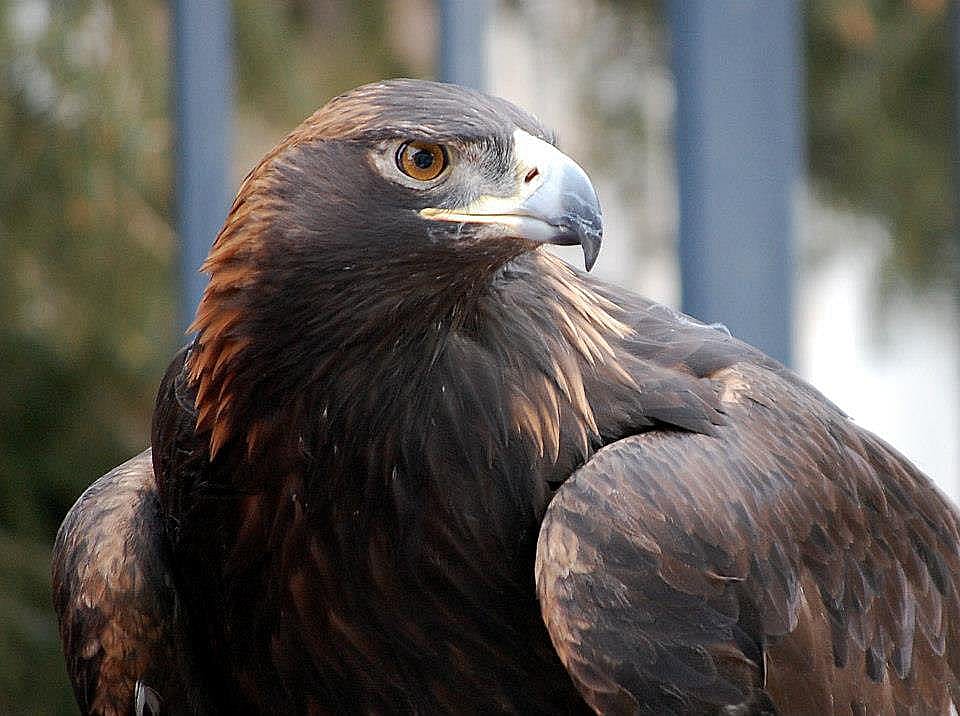
The Golden Eagle ranges across the Northern Hemisphere, including North America, Europe, and parts of Africa and Asia. In the United States, the Golden resides mainly west of the Mississippi. The Golden Eagle is the National Symbol of Mexico, Albania, Germany, Austria, and Kazakhstan, making it the most common national animal in the world.
Our beautiful Golden Eagle, Kateri, is a chatter box. I say this as she often makes fairly quiet calls during presentations. Although we don’t know what she is saying, it certainly makes us smile. I am confident that our visitors enjoy it as well.
Click here for calls and photos.
To listen to additional calls, visit this link. Next click the green “listen” button and/or scroll down to “With Audio” or even further to “Top audio.”
Steller’s Sea Eagles are Arguably One of the Largest Eagles in the World by Weight
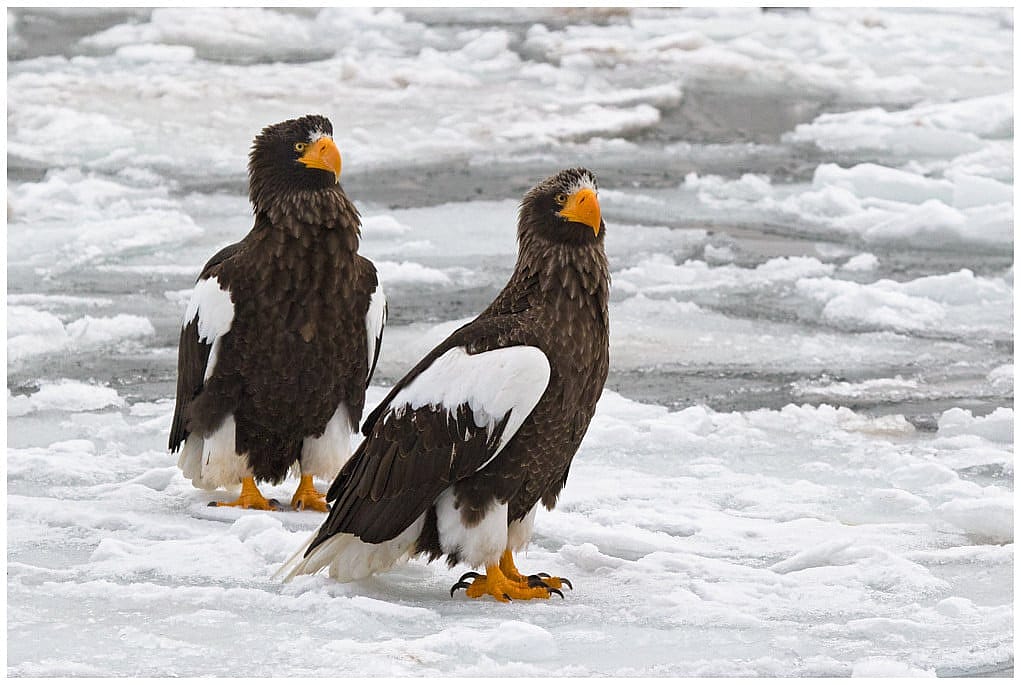
If you Google, “What is the largest eagle in the world?” you may come up with the Steller’s Sea Eagle as an answer. These eagles may weigh 13 – 20 lbs. Residing mainly in Russia, the Steller’s can also be found in Korea and Japan. This claim of being the largest eagle may be disputed, however, as a number of eagle species have longer wingspans or longer body length. But when accounting for length, weight, and wingspan together, the Steller’s Sea Eagle is arguably the largest eagle in the world.
But even these large birds fail to have a majestic call. According to the San Diego Zoo, Steller’s Sea Eagles make a deep barking cry, ra-ra-ra-raurau. Plus, during breeding season they make calls that sound like very loud seagulls.
Take a listen to this sound bite by clicking the green “listen” button on the right side.
Harpy Eagles Compete with the Stellers as One of the Largest Eagles by Weight
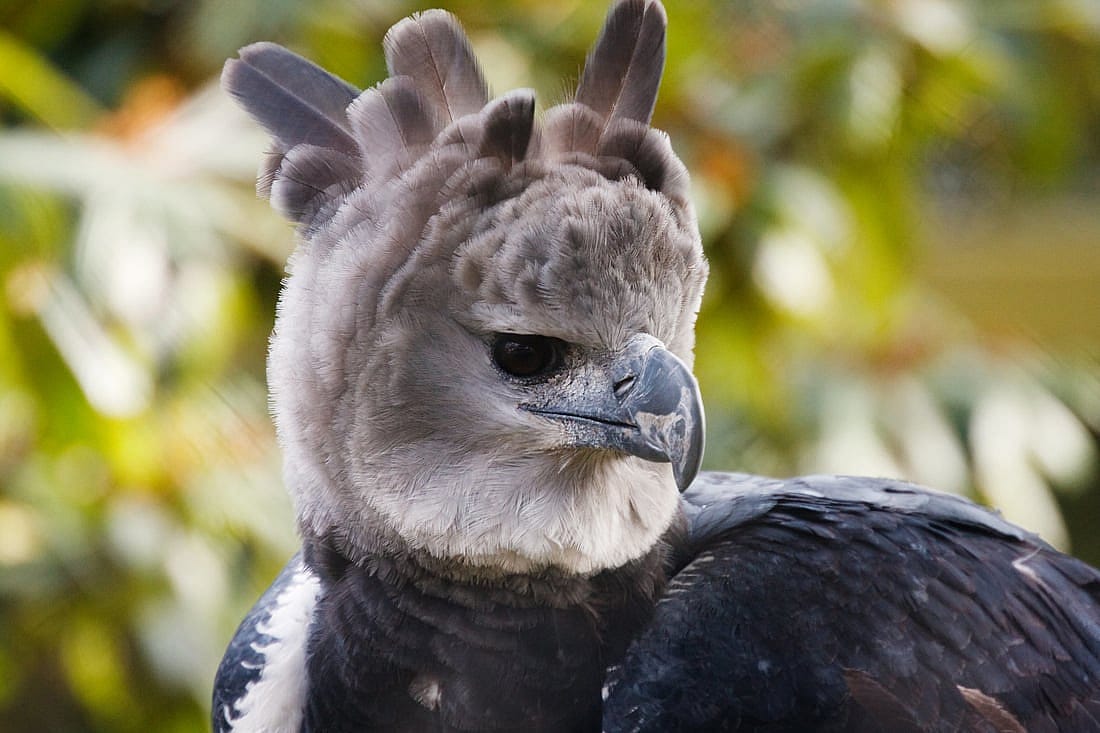
In the America’s, the Harpy Eagle is undeniably the largest eagle with the female weighting almost 20 lbs. Depending on the research you find, the Harpy may also be the most powerful eagle in the world.
So, do these eagles have majestic calls? Well, as you can guess, the answer is no. According to the San Diego Zoo, Harpies are considered one of the strong, silent types, not vocalizing very often. When heard, they wail (wheee, wheee-ooooo), croak, whistle, click, as well as mew.
Click the green “listen” button at this link. Then scroll down to “Statistics” where you can hear 54 other sound bites.
If you would like to learn some interesting facts about Harpy Eagles, 36 facts may be found in this article.
Philippine Eagles are Also One of the Largest Eagles in the World
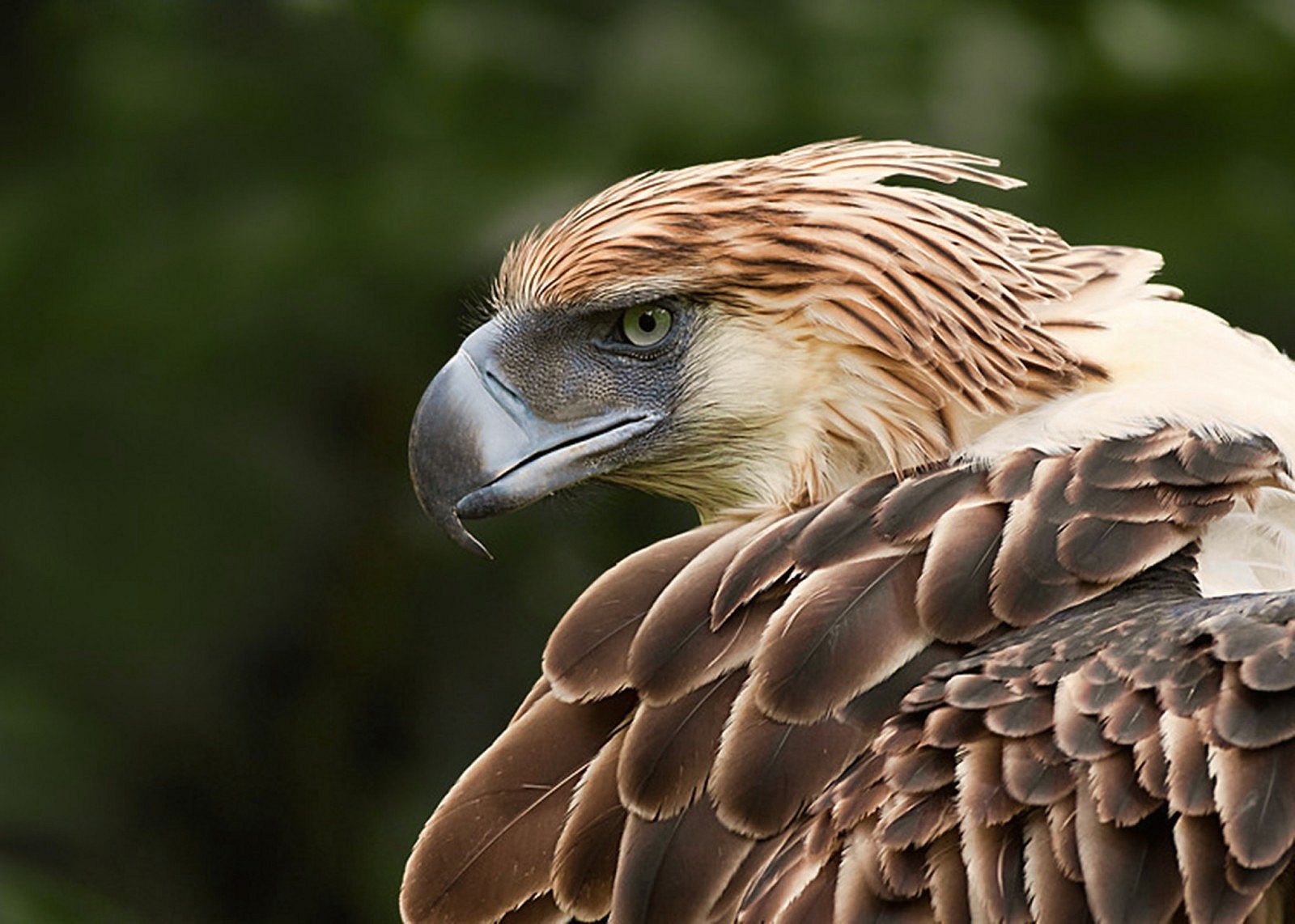
The Philippine eagle is the largest eagle in the world in terms of length and wing surface. This eagle is extremely rare. In addition, it is the national bird of the Philippines. Its voice may be described as a descending, whistled “weeuuuu!” which is repeated at intervals.
For photos and sounds go here.
Also check out this 4:18 minute Nat Geo Wild video clip, “Watch an Endangered Philippine Eagle Chick Grow up in Rare Video”
Would You Like To Explore More Bird Sounds?
If you enjoyed this blog and have not read my previous blog, “Owl Sounds: Not Just Hooters,” click the blue title to open the link and learn about the varied calls of owls.
Moreover, if you would like to explore other bird sounds from around the world, xeno-canto is a website for you. This site is dedicated to sharing bird sounds from all over the world. You will find thousands of bird species and recordings. You can even share your own bird recordings. Furthermore, you may find articles of interest or participate in forums.
Photo Credits:
Isham the Red-tailed Hawk, Keteri the Golden Eagle, and Jade the Bald Eagle are the property of the Draper Museum Raptor Experience, https://centerofthewest.org/explore/greater-yellowstone-natural-history/raptor-experience/
Turkey Vulture Cartoon by Author, Anne Hay, https://centerofthewest.org/category/draper-natural-history-museum/greater-yellowstone-raptor-experience/
Steller’s Sea Eagles by Martha de Jong-Lantink, Attribution-NonCommercia-NoDerivs 2.0 Generic license, https://www.flickr.com/photos/marthaenpiet/
Harpy Eagle by Beth Wilson, Attribution-NonCommercia-NoDerivs 2.0 Generic license, https://www.flickr.com/photos/mirsasha/
Philippine Eagle by Sinisa Djordje Majestic, Attribution-ShareAlike 2.0 Generic License, https://www.flickr.com/photos/112520054@N04/
Written By
Anne Hay
Anne Hay has a Bachelor's degree in Elementary Education and a Master's in Computers in Education. She spent most of her working years teaching third grade at Livingston School in Cody, Wyoming. After retiring she began doing a variety of volunteer work for the Buffalo Bill Center of the West’s Draper Natural History Museum. Anne loves nature and has a concern for the environment. She believes that educating the public, so that they will have a better understanding and appreciation for the natural world, is very important. Because of this belief, volunteering at the Center is a perfect fit. She spends time in the Draper Lab, observing eagle nests for Dr. Charles Preston’s long-term research project on nesting golden eagles, writing observation reports of raptor sightings in the Bighorn Basin, and working with the Draper Museum Raptor Experience. Anne states that, “Having a bird on my glove, is one of my all time favorite things in life.”




